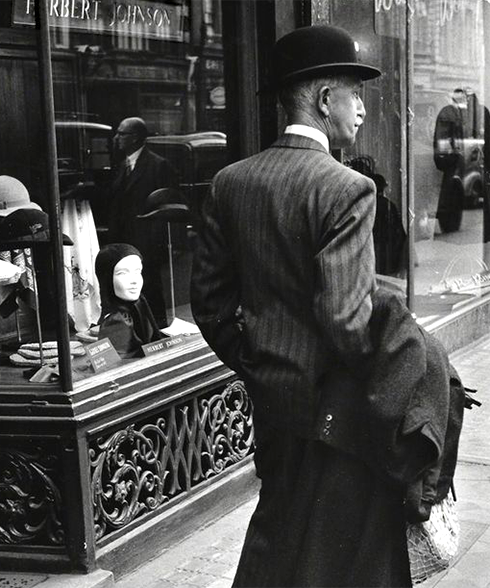

Basket
Taxes and delivery charges calculated at checkout
Sign up for our newsletter

135 YEARS OF EXPERTISE

IMPLEMENTING TRADITIONAL TECHNIQUES

HERBERT JOHNSON ESTABLISHED IN 1889

ICONS OF CINEMA
Enquire about customising a product to tailor it to you.
Offering repairs and restorations to ensure the longevity of your product.
Meet our artisans at our New Bond Street Atelier Studio.
Book an appointment to tour the workshop at New Bond Street. BOOK HERE




